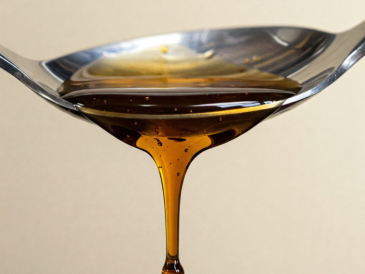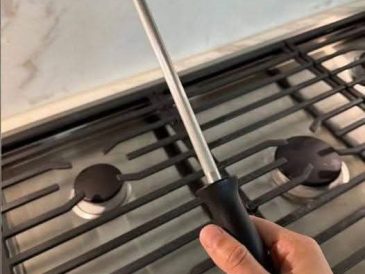A Surprising Warning for a Common Practice
For generations, hanging clothes outside to dry has been a simple, eco-friendly, and cost-effective way to get laundry done. Sunlight acts as a natural disinfectant, and fresh air gives your clothes that crisp, clean scent no fabric softener can replicate. 🌞🌬️
But now, experts and health authorities in various parts of the world are advising against drying clothes outdoors. This might seem odd or even unnecessary—until you understand the hidden risks that have recently come to light.
🌫️ The Air Outside Isn’t as Clean as It Used to Be
1. Pollution and Airborne Toxins
In many urban and suburban areas, air pollution levels have increased dramatically. When you hang clothes outside, they’re exposed to:
- Vehicle emissions
- Factory fumes
- Pollen and allergens
- Particulate matter (PM2.5) from dust or smoke
These invisible pollutants can settle on your clothes, making them less clean than they were when they came out of the wash.
2. Exposure to Allergens
For people who suffer from asthma, allergies, or respiratory issues, hanging clothes outside can be a hidden trigger. Clothes left outside absorb:
- Pollen
- Mold spores
- Fungal particles
When worn or brought inside, these allergens can aggravate breathing problems, cause rashes, or trigger allergy attacks 🤧.
☢️ Chemical Contaminants and Pesticides
In areas near farmlands or industrial zones, airborne pesticides, herbicides, or chemical pollutants may cling to your wet laundry. Even trace amounts can irritate the skin or be harmful with prolonged exposure—especially for infants, children, and people with sensitive skin.
Weather and Unpredictable Changes
Weather today is less predictable than ever. Sudden rainfall, high humidity, or excessive UV exposure can:
- Damage fabric
- Cause mildew to develop
- Fade colors over time
- Leave clothes feeling stiff or sticky
🦠 Clotheslines and Dust: A Breeding Ground for Bacteria?
Outdoor clotheslines or racks can accumulate dirt, bird droppings, and airborne bacteria. If not cleaned regularly, they can transfer these elements directly onto your freshly washed clothes.
Special Warning for Homes with Babies or the Elderly
Experts warn that young children, seniors, and people with compromised immune systems are more vulnerable to clothing contaminated by outdoor air particles. Even slight exposure can lead to:
- Respiratory infections
- Skin irritation
- Eye inflammation
🏠 Indoor Alternatives to Dry Clothes Safely
If outdoor drying isn’t ideal anymore, here’s what you can do instead:
Use a Foldable Drying Rack
Compact and space-efficient, these are perfect for apartment living or small homes.
✅ Dehumidifier + Fan Combo
Place a small dehumidifier in your laundry room to speed up drying time and prevent mold.
✅ Heated Airers
Electric drying racks use gentle heat and save more energy than a full dryer.
✅ Ventilated Laundry Area
Ensure the room is well-ventilated to reduce moisture buildup and encourage airflow.
But What About Energy Savings?
Yes, drying clothes indoors may require more energy, especially if using heaters or fans. However, the trade-off for your health and cleanliness may be worth it—especially if you live in high-pollution zones or suffer from allergies.
Tip: Use your dryer’s “Air Fluff” or “Eco Mode” to mimic air drying with less electricity.
💬 Final Thoughts: Is It Time to Rethink Drying Outdoors?
While drying clothes outside might feel traditional and natural, today’s air quality challenges and environmental changes make it a less safe choice in many areas. For some households, this shift in practice may be essential for maintaining good health and hygiene.
Always stay informed about local air quality, monitor your allergy symptoms, and use common sense when choosing where and how to dry your laundry. 🧺✨
FAQs
Q1: Is it okay to dry clothes outside in rural areas?
Yes, if pollution levels are low and there’s no nearby agricultural spraying or factories.
Q2: Can air-dried clothes cause skin problems?
Yes, especially for those with sensitive skin or allergies, if clothes absorb pollutants.
Q3: Are clothes really dirtier after drying outside?
In polluted areas, yes. Microscopic particles and allergens can settle on damp fabrics.
Q4: What’s the safest indoor drying method?
Using a well-ventilated space, with a drying rack and occasional use of a dehumidifier.
Q5: Can I still use sunlight for disinfection indoors?
Yes! Dry clothes near sunny windows to get UV benefits without outdoor exposure.





